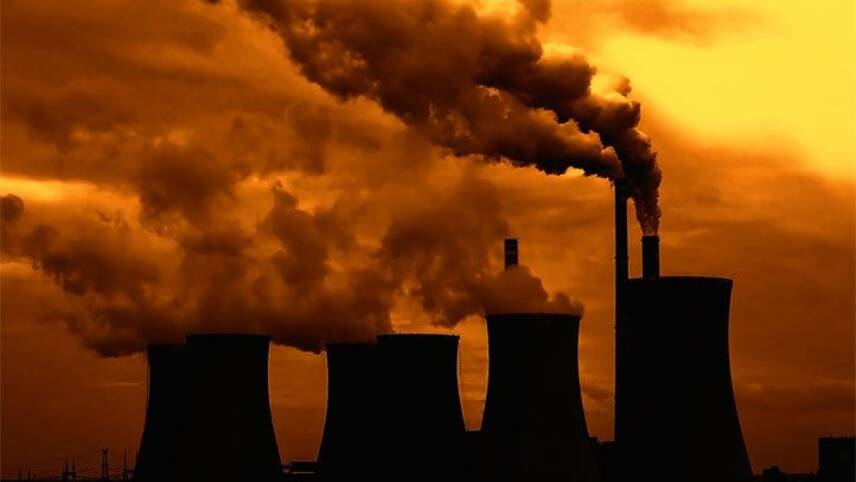Register for free and continue reading
Join our growing army of changemakers and get unlimited access to our premium content

Energy-related emissions increased by 0.9% in 2022
New IEA analysis published today (2 March), confirmed that global energy-related emissions increased by around 1% in 2022. The IEA states that this was less than what was initially predicted due to the growth in solar, wind, electric vehicles (EVs), heat pumps and energy efficiency offsetting some of the impact of increased fossil fuel use to respond to the energy crisis.
The IEA is clear in its CO2 Emissions in 2022 report that global emissions cannot continue to increase. The report acts as the first in a new series of reports focused on a Global Energy Transitions Stocktake.
The 0.9% increase in emissions is far smaller than the 6% recorded increase in global energy-related emissions in 2021, as nations ramped up production after lockdown measures in response to the coronavirus pandemic were eased.
The IEA attributes the majority of the rise to increased fossil fuel production and a number of nuclear power plants being offline. However, some 550 million tonnes of emissions were avoided due to an increased deployment of clean energy technologies.
“The impacts of the energy crisis didn’t result in the major increase in global emissions that was initially feared – and this is thanks to the outstanding growth of renewables, EVs, heat pumps and energy-efficient technologies. Without clean energy, the growth in CO2 emissions would have been nearly three times as high,” said IEA Executive Director Fatih Birol.
“However, we still see emissions growing from fossil fuels, hindering efforts to meet the world’s climate targets. International and national fossil fuel companies are making record revenues and need to take their share of responsibility, in line with their public pledges to meet climate goals. It’s critical that they review their strategies to make sure they’re aligned with meaningful emissions reductions.”
Fossil fuel emissions
The IEA states the emissions increase – equitable to 321 million tonnes of CO2 – has seen global energy-related emissions reach a new high of more than 36.8 billion tonnes. Even though emissions growth was slower than economic growth (3.2%) in 2022, the report notes that nations are failing to decouple emissions from the economic bounce back from the Covid-19 crisis.
The IEA states that emissions from coal increased by 1.6% in 2022, with Asian nations switching from gas to coal in response to soaring energy costs. However, the increase in coal emissions is still only around 25% of the recorded rise in fossil-based emissions in 2021. Nonetheless, the increase in coal emissions far exceeds the average growth rate of the last decade.
The increase in emissions in coal was offset, however, by a 1.6% decline in emissions from natural gas as supply was reduced, in part due to Russia’s invasion of Ukraine. Emissions from oil increased by 2.5% but still remain below pre-pandemic levels.
There are some regional discrepancies in emission increases. The European Union’s emissions fell by 2.5%, due to a “record deployment” of renewables lessening the impact of coal usage. However, the US recorded a 0.8% increase in energy-related emissions, namely due to building use. Asia, excluding China which saw emissions remain steady with 2021 levels, saw emissions increase by 4.2%.


Please login or Register to leave a comment.